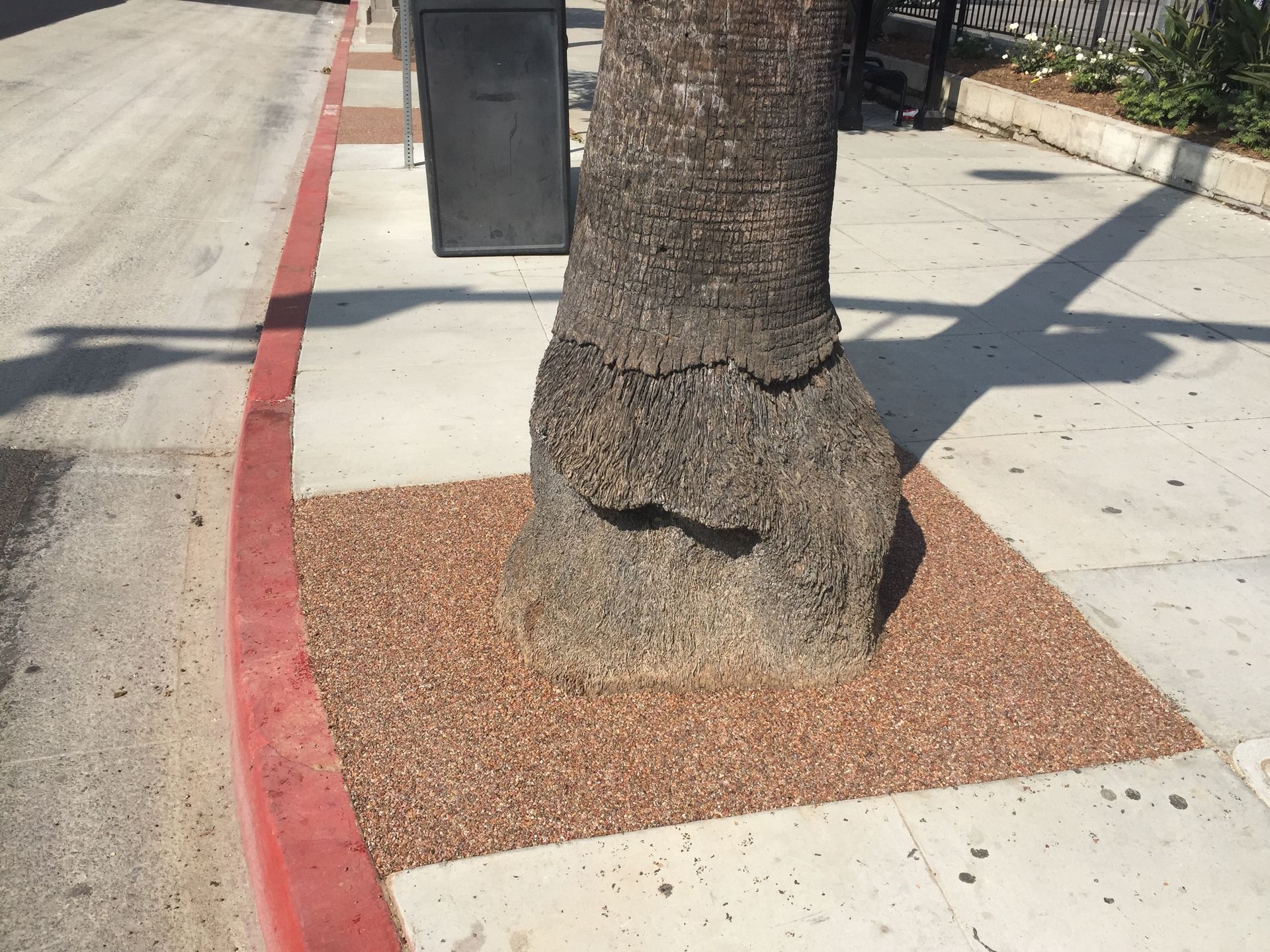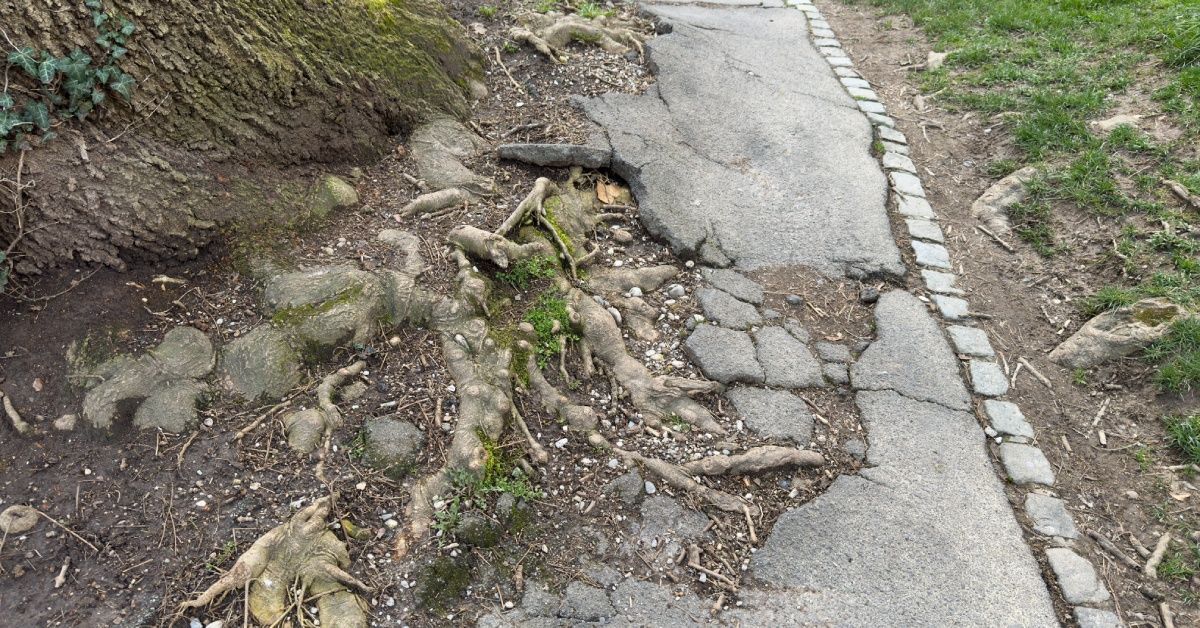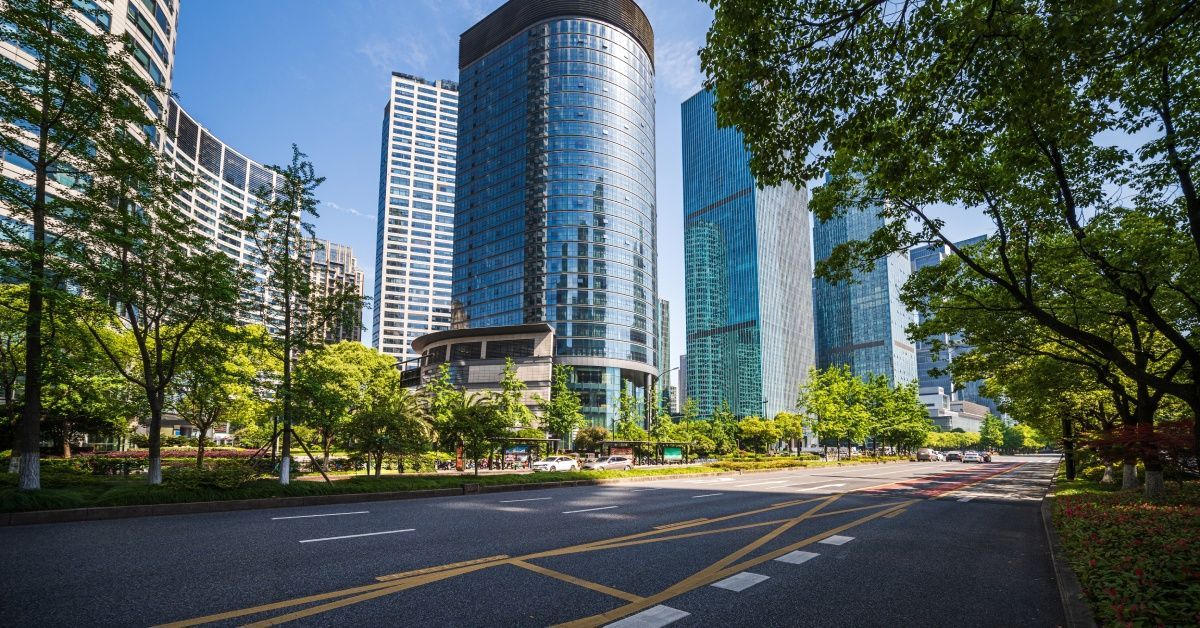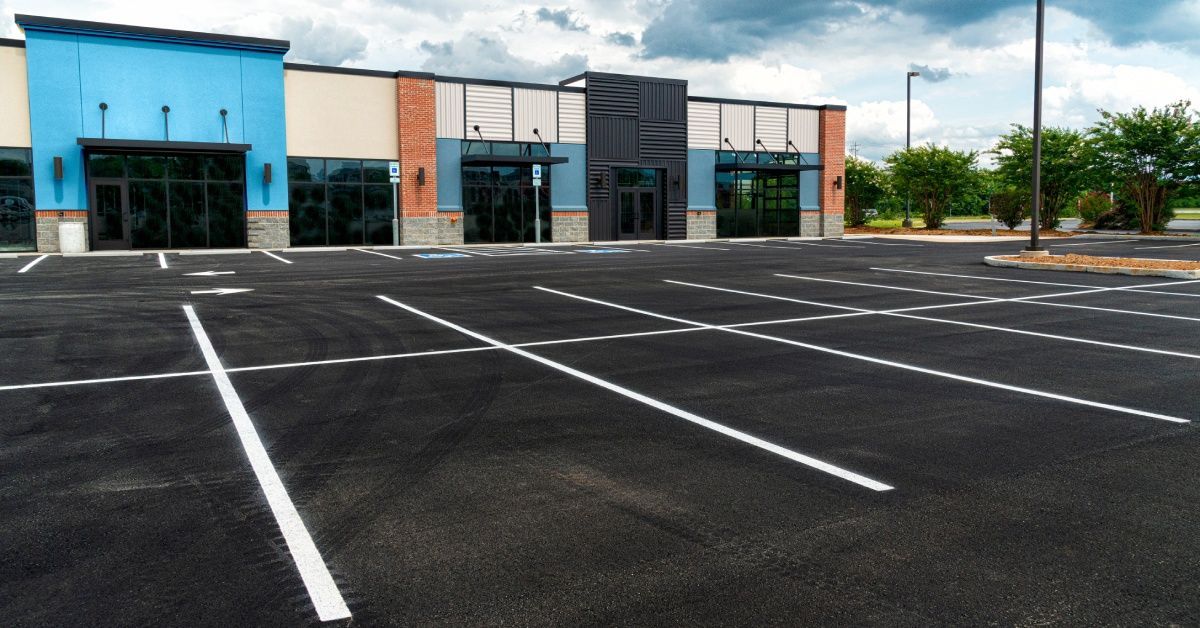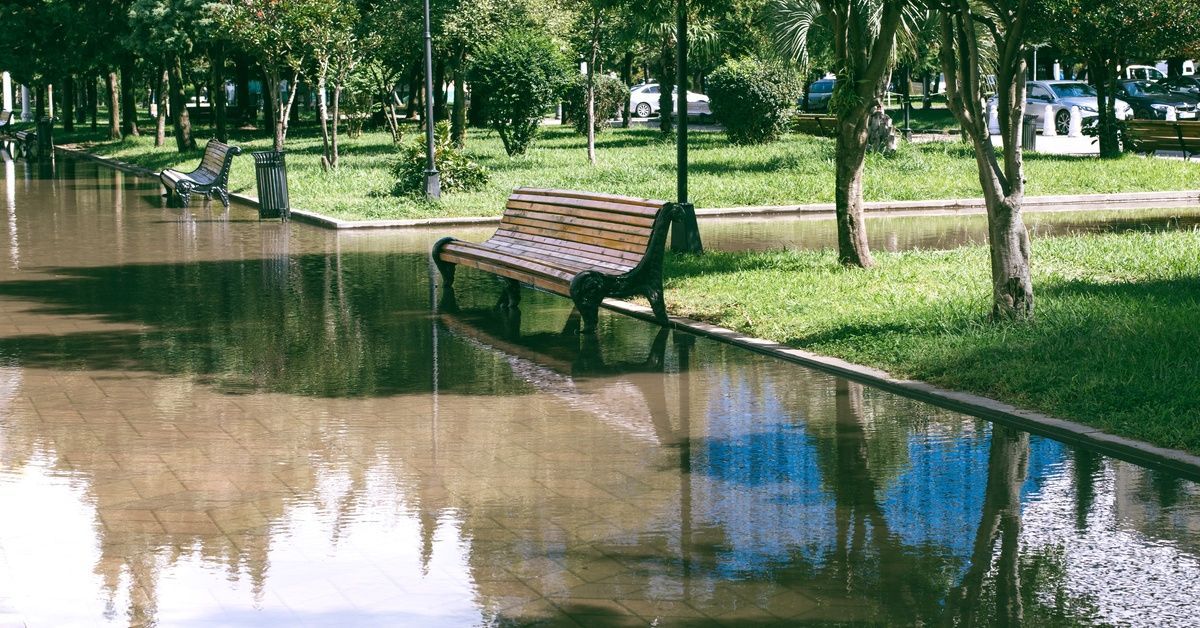The Benefits of Permeable Paving for Municipalities
The Benefits of Permeable Paving for Municipalities
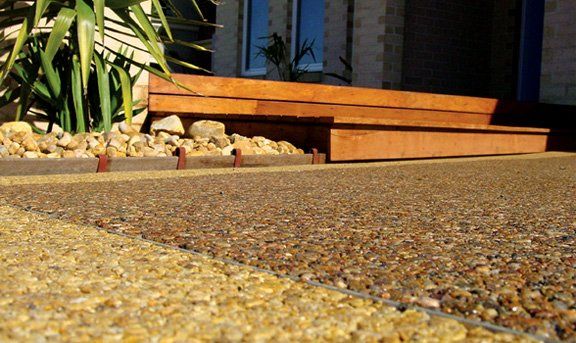
Urban development is important to ensure towns and cities can provide housing, public services, and more to an ever-growing community. But urbanization can come with some downsides if not considered properly. For instance, paving over nature with concrete and asphalt makes it difficult for runoff water to make its way back to natural bodies of water or back to nature, thus killing the environment around your community. Here are some benefits of permeable paving for municipalities that prevent such issues.
What Is Permeable Pavement?
To familiarize you, permeable paving provides a porous urban surface that allows water and oxygen to pass through it. This helps prevent water from sitting and flooding your streets and sidewalks by ensuring the water can return to the soil beneath the pavement. This is especially important if you install greenery like trees on your sidewalks to add a natural element to your urban areas. With permeable paving, the roots of plants will be able to receive the water and oxygen that concrete and asphalt would normally deprive plants of.
Hydrologic Benefits
As we’ve talked about, permeable paving allows water runoff to disperse back into the soil and prevent flooding on streets, sidewalks, and more. This creates a more reasonable way to manage the runoff from water that comes from storms by slowly releasing and dispersing the water back into the environment rather than through storm drains. By reducing how much storm water is going through a drain at once, you’ll prevent discharge of pollutants and contaminants from getting into local water sources.
Furthermore, by slowing the process, permeable pavement allows urban runoff to cool down. This minimizes the stress on the environment such as natural streams and lakes. Furthermore, to prevent pollutants from getting into water sources, the pollutants are trapped in the soil and chemically removed via bacteria and other microbes within soil.
Cold Weather Benefits
Another one of the benefits of permeable paving for municipalities is how it can improve roads and other surfaces when exposed to cold weather. For example, permeable pavement requires far less road salt since the water, once the snow and ice have melted, simply permeates the pavement into a reservoir underneath, where it’ll eventually be dispersed into the soil.
